From grilled vegetable kebabs to borscht soup to vegan cupcakes, you can find beet being used in more and more recipes. Go check any foodie website and you will find several recipes with beets as an important ingredient on the list. Several varieties of beets are available today – they range in hues from yellow to white to red. Beets are popular and highly nutritious too with loads of folate, fiber, manganese, and potassium. Red beets are especially beneficial for health, but many people wonder if they can make poop red.
Can Beets Turn Your Poop Red?
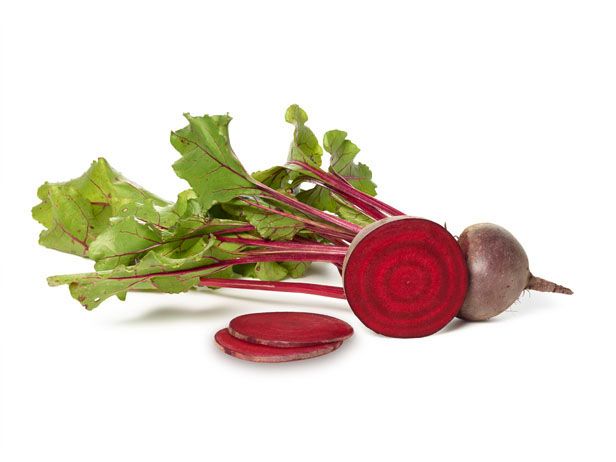 Yes, beets have many health benefits, but it is also true that beets can turn your stool red. It may look as if you have just passed blood in your stool. If it happens, do not panic. It is quite common and is nothing serious.
Yes, beets have many health benefits, but it is also true that beets can turn your stool red. It may look as if you have just passed blood in your stool. If it happens, do not panic. It is quite common and is nothing serious.
You are likely to notice bright red pigments in your stool because beets are very high in fiber and are digested quickly. Those pigments do not change color during digestion, which is the reason why you notice that red tinge in your stool when you use the bathroom within 48 hours of eating beets.
Red Poop from Beets vs. from Blood
Can beets turn your poop red? Yes, they can, and it is natural to feel concerned thinking that you might have passed blood in stool.
It is important to point out that though red color of beet juice looks similar to blood, you can differentiate between the both just by paying close attention. The color of fresh blood on toilet paper is solid bright red, but the color of undigested beets appears to be quite diffused and creates a very light reddish-magenta. Similarly, you will notice that blood in a toilet bowl takes more time to diffuse into the water as compared to beet juice. In other words, beet juice in a toilet bowl disperses quickly, which is different from blood that does not dye the water and remains in clumps.
In some cases, you will notice beet juice forming rings or ribbons that float around poop. If it is fresh blood, it is more likely mixed in with stool. Another way to tell if you have bleeding or have just passed undigested red beets is flush your poop. If it is the juice, it will turn to pink or even reddish brown. Be sure to see your doctor if you are still not sure after conducting all these tests.
Other Foods That Can Cause Red Poop
Can beets turn your poop red? Yes, they can. Are there other foods that can do the same? The answer is yes again. Here is a list of foods that can cause red poop.
1. Watermelon
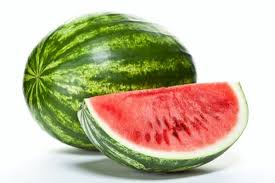 Since the pulp of watermelon can easily pass through your intestines without changing its color, you are likely to notice your stools having a red mottled appearance. Too much of watermelon can even cause diarrhea.
Since the pulp of watermelon can easily pass through your intestines without changing its color, you are likely to notice your stools having a red mottled appearance. Too much of watermelon can even cause diarrhea.
2. Tomato Juice
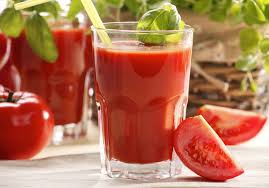 If you have consumed tomato juice or even have a Blood Mary, you may also notice the color of your poop becoming red. The same holds true when you consume tomato sauces and soups.
If you have consumed tomato juice or even have a Blood Mary, you may also notice the color of your poop becoming red. The same holds true when you consume tomato sauces and soups.
3. Chorizo
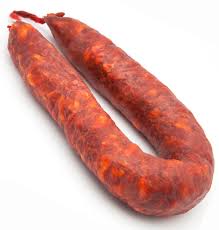 This Spanish sausage is becoming extremely popular in many parts of the world, but you may end up having a red poop due to the high levels of paprika used in the recipe. You may have the same result when consuming other dishes that contain lots of paprika.
This Spanish sausage is becoming extremely popular in many parts of the world, but you may end up having a red poop due to the high levels of paprika used in the recipe. You may have the same result when consuming other dishes that contain lots of paprika.
4. Bell Peppers
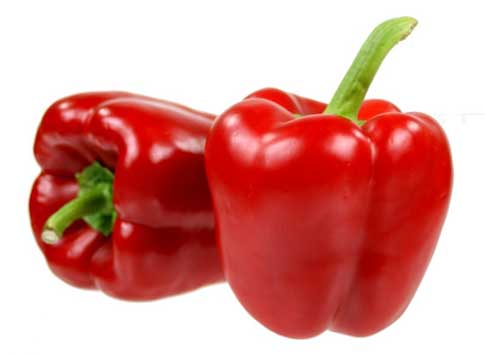 Eating red veggies such as tomato skins, bell peppers, red kidney beans, etc., can also change the color of your stools. There may not be a complete change in color, but you may still see flecks of red.
Eating red veggies such as tomato skins, bell peppers, red kidney beans, etc., can also change the color of your stools. There may not be a complete change in color, but you may still see flecks of red.
5. Food Coloring
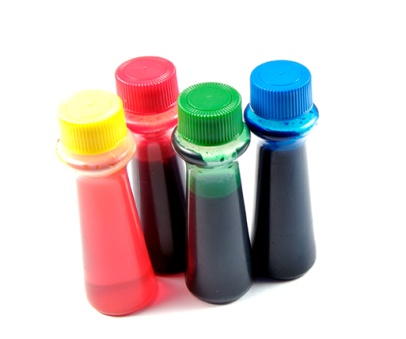 Eating something that contains red food dye may also cause your stools to appear red. These may include Kool-Aid, red Liquorices, Mountain Dew, red Jell-o, red celebration cakes, and red popsicles.
Eating something that contains red food dye may also cause your stools to appear red. These may include Kool-Aid, red Liquorices, Mountain Dew, red Jell-o, red celebration cakes, and red popsicles.
What If It Is Blood?
Can beets turn your poop red? Yes, but sometimes, you actually pass blood when having a bowel movement. This indicates rectal bleeding that could be due to a number of reasons. In case you regularly notice blood in stools, you may also develop other symptoms such as diarrhea, weight loss, fainting, palpitations, abdominal pain, weakness, and vomiting.
There can be different reasons why you have experienced rectal bleeding. For instance:
- Hemorrhoids: You have swollen blood vessels in the rectum or anus that sometimes break and bleed. If you have hemorrhoids, you may often notice bright red blood around your stool. Sometimes, blood may also drip into the toilet bowl.
- Anal Fissure: It refers to a small cut or a tear in the tissue lining of your anus. You usually develop it by passing large, hard, and painful stool. Along with bleeding, you may also experience a sensation of ripping, burning, or tearing during or even after bowel movements.
- Peptic Ulcers: A sore can develop inside the lining of your small intestine – it is usually on the upper end of your intestine or the stomach. Caused by a bacterial infection, it may contribute to rectal bleeding.
- Diverticular Disease: Also called diverticulosis, it leads to the development of abnormal pouches on the wall of your colon. Rectal bleeding can be a common complication of diverticulosis.
- Gastroenteritis: It is a viral or bacterial infection of the stomach and bowel. While diarrhea is the most common symptom, you may also find traces of blood and mucous in your stool.
- Chronic Inflammatory Intestine Disorders: There can be two types of disorders, including ulcerative colitis and Crohn's disease. Both conditions can cause rectal bleeding.
- Polyps or Cancer: In rare cases, your bleeding is due to cancerous or benign growths (polyps) anywhere in the digestive tract.
Other problems such as Angiodysplasia, bowel ischemia, esophageal problems, trauma, and gastritis can also cause rectal bleeding.
When to Contact Your Doctor
Whatever the cause, it is important talk to your doctor when there is blood in your stools. Your doctor may ask for certain tests to make a diagnosis. The tests usually include an angiography, bleeding scans, barium x-rays, a colonoscopy, blood studies, stool culture, capsule endoscopy, H. pylori detection tests, radionuclide imaging and more.
